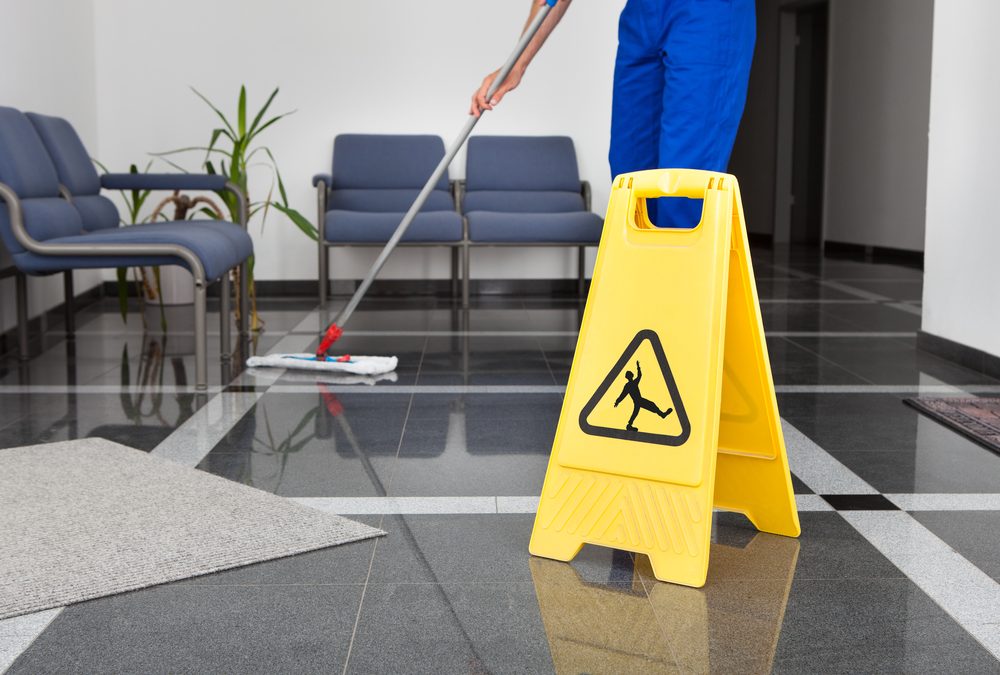Someone comes to your grocery store and slips and falls because it’s raining outside and no one has changed the soggy mat at the entry doors. Your business is going to be on the hook for thousands, perhaps millions of dollars.
You may even be in violation of new OSHA and NFSI standards for floor mat safety. It’s one of the most preventable business risks as long as you follow these best practices.
Best Practices for Ensuring Floor Mat Safety
Floor mat safety may seem like a small thing but it adds up to over $2 billion in damages every year. It doesn’t matter what industry you are in. Everywhere you operate a business that serves the public is vulnerable to lawsuits without following proper floor mat safety rules—grocery stores, retailers, business offices, hospitals, anywhere.
Safety is your responsibility as a business owner. Adopting the following best practices will ensure that you are not only protecting your business but also your customers.
Develop a Mat Placement Strategy
Different businesses pose different risks. If you manage a residential complex, your responsibilities are limited to common areas. If you manage a building in a retail complex, everywhere is a common area. Your administrative offices are a public area if your employees slip and fall – Of the number of injuries every year, slip and falls are second only to car accidents.
You have to have a mat placement plan for every area of your business. Take into account the types of traffic your business sees and begin with your entrances and exits.
Take into Account Seasonal and Regional Slip and Fall Risks
Look at your location’s regional and seasonal data. Houston is known for its sporadic flooding and abundant storms during hurricane season. Because of this, you have to consider the slipping and falling risks these particular seasons present.
When people are tracking rain in, you need to extend your runners beyond the front door perhaps. Maybe a hurricane swept through and now you need to wash all of your mats. You can’t leave your store exposed. Have a backup strategy for facility management products such as mat rentals in case of inclement weather so that your business is always protected.
Use the Right Types of Mats for Every Area
The type of business that you operate will also determine the types of mats you need. You may need a variety throughout your building. Here is a rundown of the types of mats you may need based on the type of traffic your business sees.
- Spills and Grease: If you work in a restaurant, bar, or diner, you will need kitchen style mats behind the bar and in the kitchen. These have holes in them that help absorb moisture and grease.
- Entryways: Your entry mats on the outside should be gritty so that people who enter your building can scrape their shoes off before they come in. Inside the door, you’ll need high traction mats that don’t move or slide around when wet. Look for back padding that keeps them in place. High traction mats have to carry the NFSI certification to qualify as the highest rated safety mat.
- Walkways: If people are walking in from outside in the weather, tracking mud and snow, you may need to use high traction runners in combination with your indoor and outdoor mats to ensure complete floor mat safety for your business.
Get professional advice from companies that specialize in facility services like Wilkins Linen. A pro can help you with your overall strategy based on your business type.
Get Your Mats From A Professional
Always use a professional service provider for your floor mats—otherwise, they could become a tripping hazard too. For quality and cost-effective floor mat rentals in the Houston area, Contact Wilkins Linen today.







